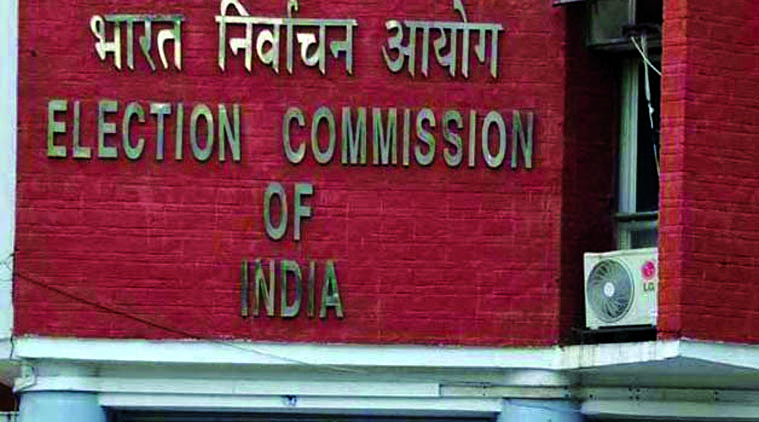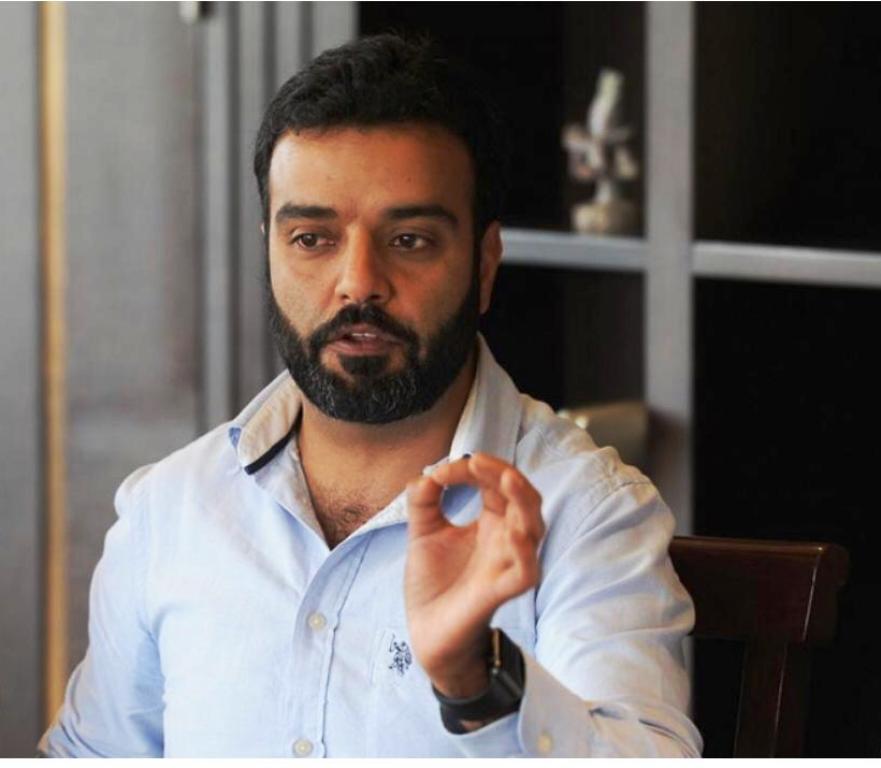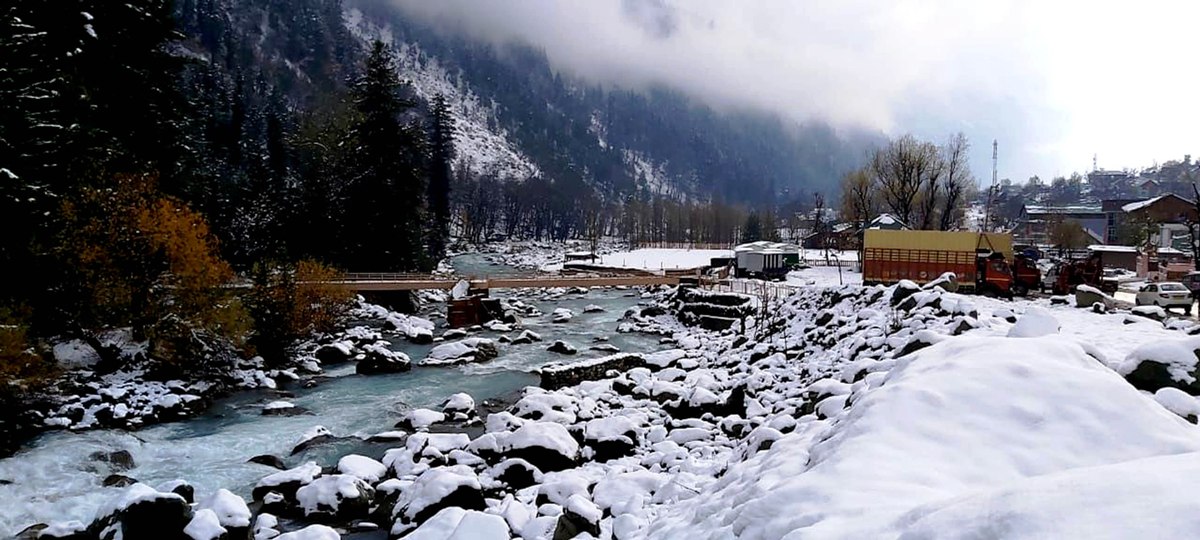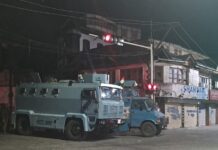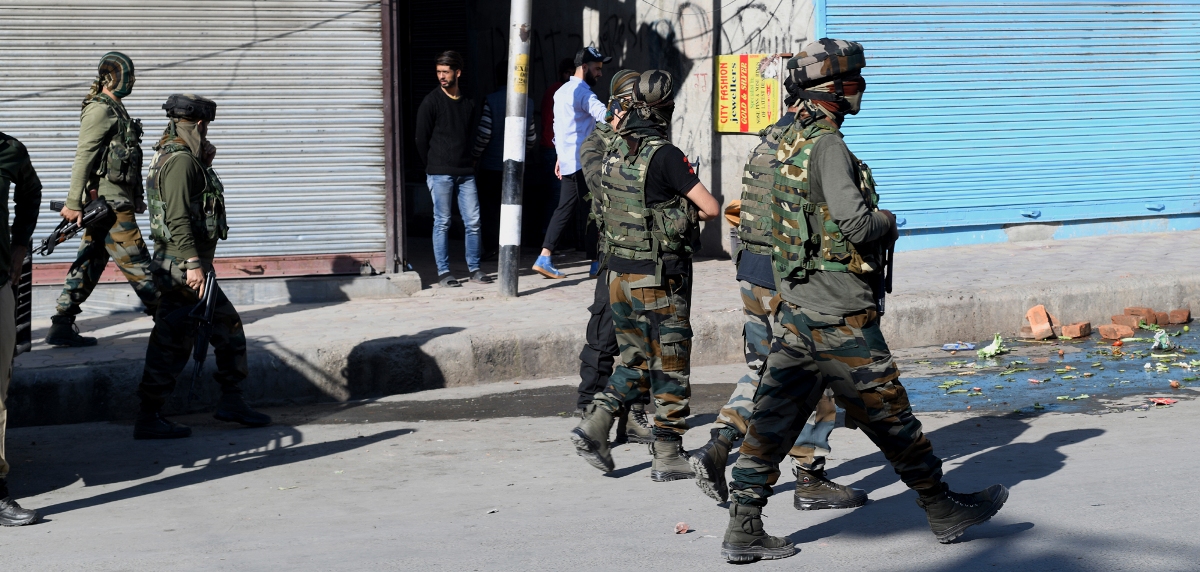Srinagar
The Metropolitan areas of Jammu and Srinagar as well as their population, have grown rapidly over the past few decades. The State Government, being conscious of the challenges in planned development of the Capital Regions of the State, has enacted “The Jammu and Kashmir Metropolitan Region Development Authorities Act, 2018” in December, 2018, and subsequently created two umbrella Authorities under the Act, namely, “Jammu Metropolitan Region Development Authority” and “Srinagar Metropolitan Region Development Authority” to provide an integrative framework for the purpose of planned development of these regions, said Dheeraj Gupta, Principal Secretary to the Government, Housing and Urban Development Department.

Addressing a press conference in Srinagar, Dheeraj Gupta, Principal Secretary to the Government, Housing and Urban Development Department said these Metropolitan Region Development Authorities are expected to serve the purposes of coordination, besides supervising the proper, orderly and rapid development of the areas in these regions and executing plans, projects and schemes for such development and also raise resources for mega projects.
“The Authorities will prepare an “Infrastructure Development Plan” which will be the guide for annual investments in creating infrastructure. In the next few years, the thrust of the annual plan will be to reduce the deficit on infrastructure — roads, water supply, sewerage, stormwater drainage, public transportation including, light rails, e-buses and other amenities,” he said.
“Besides infrastructure, these authorities, through a consultative exercise with the Police and the Municipal Corporations and Deputy Commissioners will formulate a Comprehensive Mobility Management Plan, for managing mobility in the region,” he added.
He said that these new authorities will also prepare a Sustainable Management Plan for sustainable management of the urban environment, such as, increasing the area under green cover, water conservation, wastewater treatment, water recycling, rainwater harvesting, energy conservation, adoption of renewable sources of energy, provision of open spaces and city parks.
“The State Administrative Council, on 3rd July 2019, has approved the areas to be included in the Srinagar Metropolitan Region and Jammu Metropolitan Region,” said Dheeraj Gupta, Principal Secretary to the Government, Housing and Urban Development Department.
“The areas for these Metropolitan Region Development Authorities have been selected on the principles of regional planning and development. This included the economic interdependence of the mother city with the city region, mobility and the geographical contiguity. The planning and development at the regional level will ensure the economic development of the mother city as well as the city region. The supra bodies are expected to steer ahead the development projects spanning over multiple jurisdictions and shall also bring in innovation, speed, effectiveness, efficiency, economy and accountability in the existing framework,” he said.
He said that as per the approval, Srinagar Metropolitan Region will cover the areas of districts of Srinagar, Budgam, Ganderbal, Bandipora, Baramulla, Pulwama, Anantnag, Kulgam and Shopian covering an approximate area of 2494.65 sq. kms. (app.), the details of which are as under:

Similarly, the Jammu Metropolitan Region will cover the areas of districts of Jammu, Samba, Kathua, Reasi, and Udhampur covering an area of 2216.58 sq. kms. (app.) , the details of which are as under:
 “The Authorities will also develop Satellite Townships in Greater Jammu and Greater Srinagar. Million sq ft IT parks will also be developed in these townships,” he said.
“The Authorities will also develop Satellite Townships in Greater Jammu and Greater Srinagar. Million sq ft IT parks will also be developed in these townships,” he said.
“To fully operationalize these Authorities, necessary staff, including outsourced domain experts will be provided by the Government,” he added.
Mass Rapid Transit Corporations, Jammu & Srinagar
He said that two Mass Rapid Transit Corporations (MRTCs), for both the capital cities of the State, were incorporated in February this year. Dr E. Sreedharan has been appointed as the Principal Advisor to these Corporations.
“These Corporations are the extended arms of the Metropolitan Authorities, earlier constituted by the State Government, and are there to supplement the efforts of these authorities in achieving their objectives of proper, orderly and rapid development of these areas and executing plans, projects and schemes especially related to Multi-Modal Transport System (MMTS) and Mass Rapid Transit System (MRTS),” said Dheeraj Gupta, Principal Secretary to the Government, Housing and Urban Development Department.
“These Corporations are taking steps to address the issue of urban mobility in the State in a holistic manner by providing safe, affordable, quick, comfortable, reliable and sustainable access for the growing number of city residents to jobs, education, recreation and such other needs within our cities, by establishment of quality-focused multi-modal public transport systems that are well integrated, providing seamless travel across modes, land use transport integration, introducing intelligent transport systems for traffic management etc,” he added.
He said that comprehensive Mobility Plans (CMPs) for the two Capital cities earlier prepared by RITES (Rail India Technical and Economic Service) — A Government of India Enterprise, are being updated. The two MRTCs will take further steps to implement the recommendations.
Elevated Light Rail Transit System for the two Capital Cities
He said that as a part of the recommendations of CMP, the MRTCs have undertaken the implementation of the Light Rail Transit Systems for the two Capital Cities.
The SAC in its meeting held on June 7 this year, approved the Elevated Corridor option for the two Light Rail Transit Systems to be operationalized. M/S RITES is finalizing the DPRs for the two Light Rail Transit Systems.
“It is proposed to have Light Rail System, the first in India, which will have low footprint, low noise, greater comfort, aesthetic appeal and will blend with the surrounding landscape,” he informed.
“The estimated cost of the first phase of the project is about Rs 8500 crores, to be funded through debt, State’s equity and Central assistance,” he said.

Operationalization of City e-buses
“As per the mandate was given, two MRTCs have also undertaken preliminary steps for operationalizing city buses, within the jurisdiction of the MRDAs, to set new standards and benchmarks in public transport. These will be app-based, air-conditioned, smart e-buses with automatic fare collection systems,” said Dheeraj Gupta, Principal Secretary to the Government, Housing and Urban Development Department.


